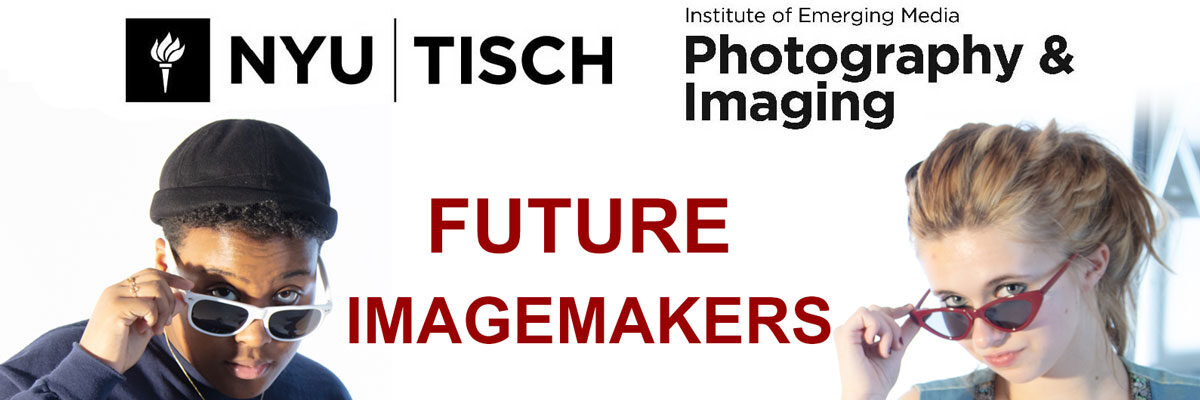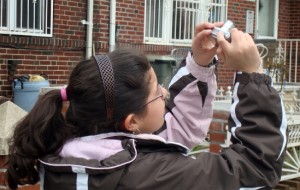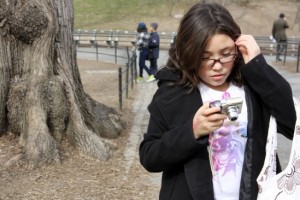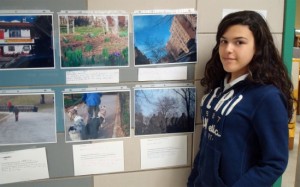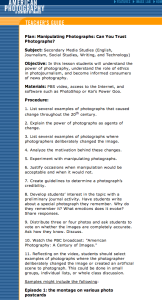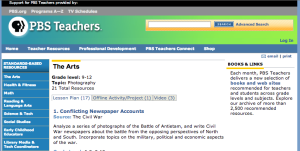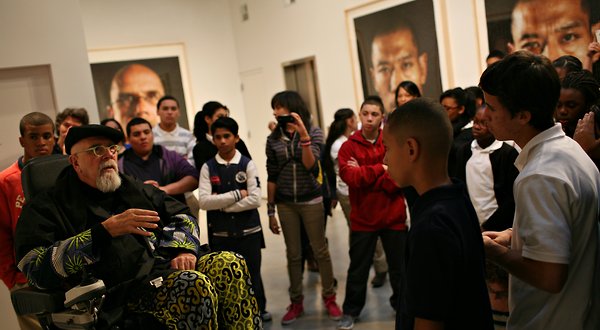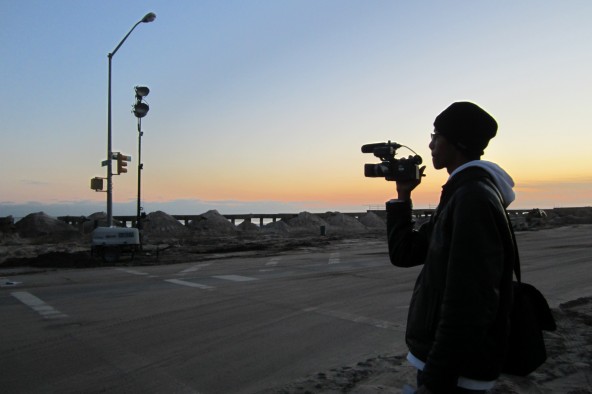While teaching, it is always nice to involve students in their own community in an interactive way. This semester, while teaching about future image-makers, we had the opportunity to engage students in a blogging competition. However, such opportunities for community engagement will not exist every semester. Searching for a creative outlet for students in this regard, recently I stumbled upon an interesting project on Urban Arts Partnership done by IS 230’s photography club, led by teaching artist Elise Rasmussen. In this project, students work together to produce a visitor’s guide book for their Jackson High neighborhood. They take neighborhood walks to explore their community and shoot pictures for the guide. The students also write brief articles to go along with their images. They are able to interact with, explore and develop a better understanding of their own community. In the process of introducing their home to visitors, they also get a chance to learn to view their community from a new perspective.
I found students never had issues doing independent projects, and that they had little opportunity to interact with their peers on group photography projects. Grouping students into departments and giving them the opportunity to work with each other would help students develop practical skills as directors and photographers. Students would also have to agree on the photograph that they select and edit as a group; they would thus be exposed to other students’ perspectives. By doing the project in class, the teachers would be able to pay attention to how students are working with their cameras and composing their photographs. Allowing students to write short articles to accompany the photographs can help them practice incorporating text and photographs. After producing the visitor’s guide, the students should feel a sense of accomplishment from having produced a document connecting them to the larger community. This project of Ms Rasmussen’s allowed students to produce a visitor’s guide for the community, and it is always interesting to see the town from a student’s perspective instead of an adult’s. I will incorporate this creative concept into my future teaching experiences in photography.
